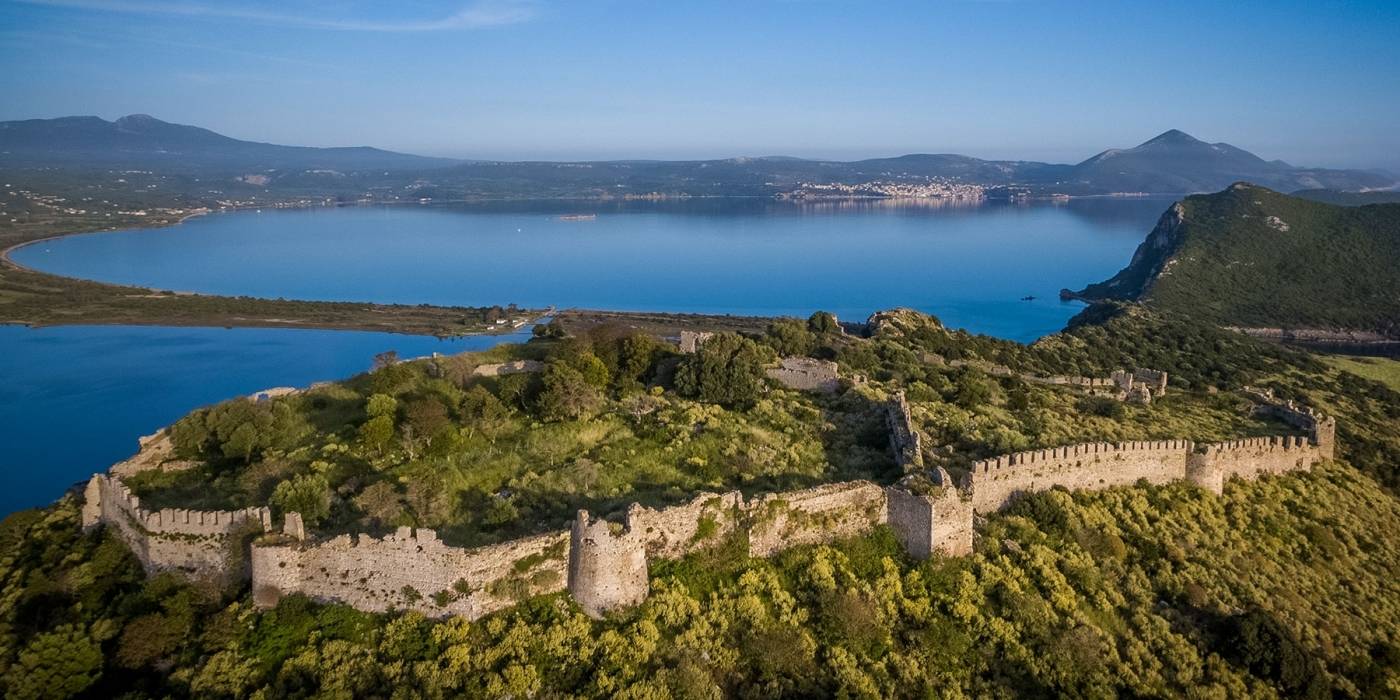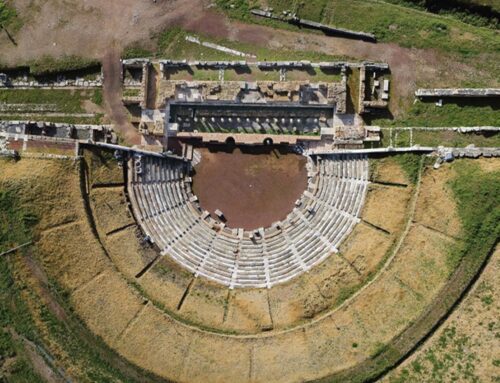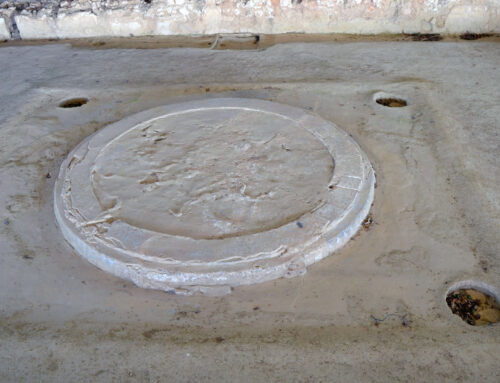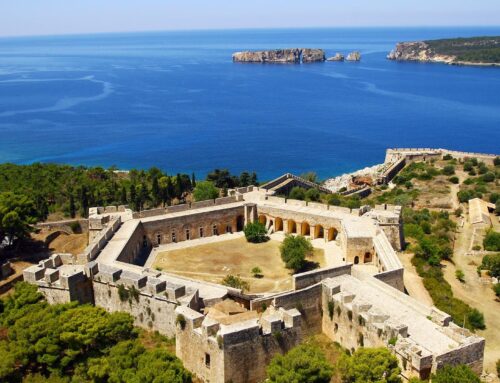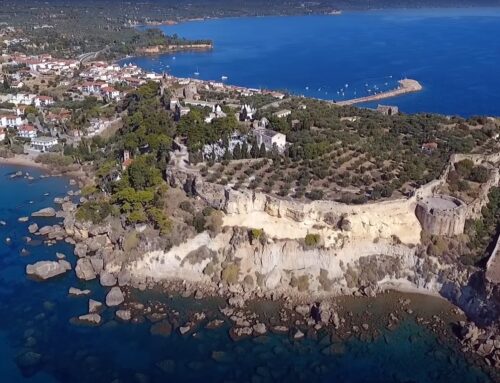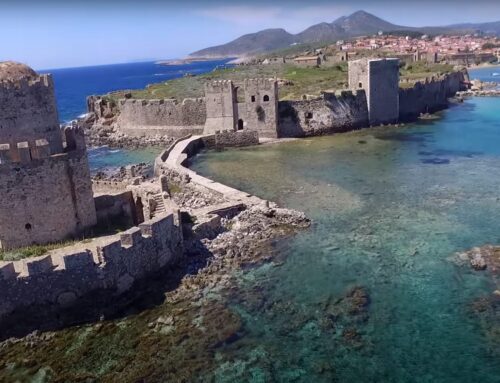In a distance of 33km and about 44 minutes of driving and walking, in the direction of Gialova, lies the medieval castle called Palaiokastro (Old Castle), founded on the 13th century AD by the Franks, on the north part of Navarino Gulf. It was built on top of the ruins of ancient Pylos acropolis. It dominates, guarding from high ground, the northern entrance of the Gulf and overlooks the most famous beach in the Mediterranean of Voidokoilia.
It is an ideal location to visit if you are a nature and/or hiking enthusiast, since the location is breathtaking and it is within the Gialova Lagoon, which is a protected area from the program of Natura 2000. The last 1,5km in order to access the Palaiokastro is through an uphill path. The castle is deserted and the only thing standing are the outer walls. Within its enclosing area you will find ruins from public buildings, churches and houses of its era.
Historical Background
Palaiokastro (Old Castle) was founded on 1278 AD by Nikolas B’ Saint Omer, who was a Baron of Thebes, and acquired several lands in Kalamata as a dowry through his marriage with Angelina Komnini.
It is built on top of the ancient fortifications and acropolis of the ancient Pylos (1200-1300 BC). Hidden beneath the walls is the entrance of the famous Cave of Nestor (or of Nileas) which communicates underground with the Palaiokastro. Based on the Hellenic Mythology in this cave Hermes hide the cows he had stolen from God Apollo, so he cannot find them.
The Franks named it “Port de Jonc”, because all around in the Gialova Lagoon you can find in large quantities the plant called Bulrush. When the Ottomans founded their new Fortress Niokastro on the Southern entrance of the Gulf, “Port de Jonc” lost its glamour, as being old, and end up to be called Palaiokastro (Old Castle).
The Navarino Gulf seems to have taken its name by the Avars and Slavs that were settled in the area around the 6th century AD. In a gold coin of 1293, by the Byzantine Emperor Andronicus B’ Palaiologos, the area was referred as Avarino. The Ottomans pronounced it as Anavarin and from that word probably came to be called Navarino.
Palaiokastro changed “owners” several times, who made many additions and modifications in its fortification. The occupation was made either via selling it or through laying siege, having experienced quite a few bloody conflicts, either be Venetians, Ottomans, Turks, Egyptians, pirates and Hellenes rebels of the 1821 Hellenic Rebellion. The last “owner” was Ibrahim, who in 1825 had occupied several strategic fortresses of the area, necessary for the plunder actions by Egyptians. Its last fighting stand was during the most famous naval battle of Navarino (20th October 1827), in which the fleets of the allied Great Forces were pounded by its cannons, but eventually they defeated Ibrahim, in their attempt to intervene and free the area from the Egyptians. In October 1828 finally the castle was abandoned by Ibrahim, only for the Hellenes and French that came inside, to witness that it is ruined. Possibly that was the reason that neither Hellenes nor any other force didn’t use it anymore.

